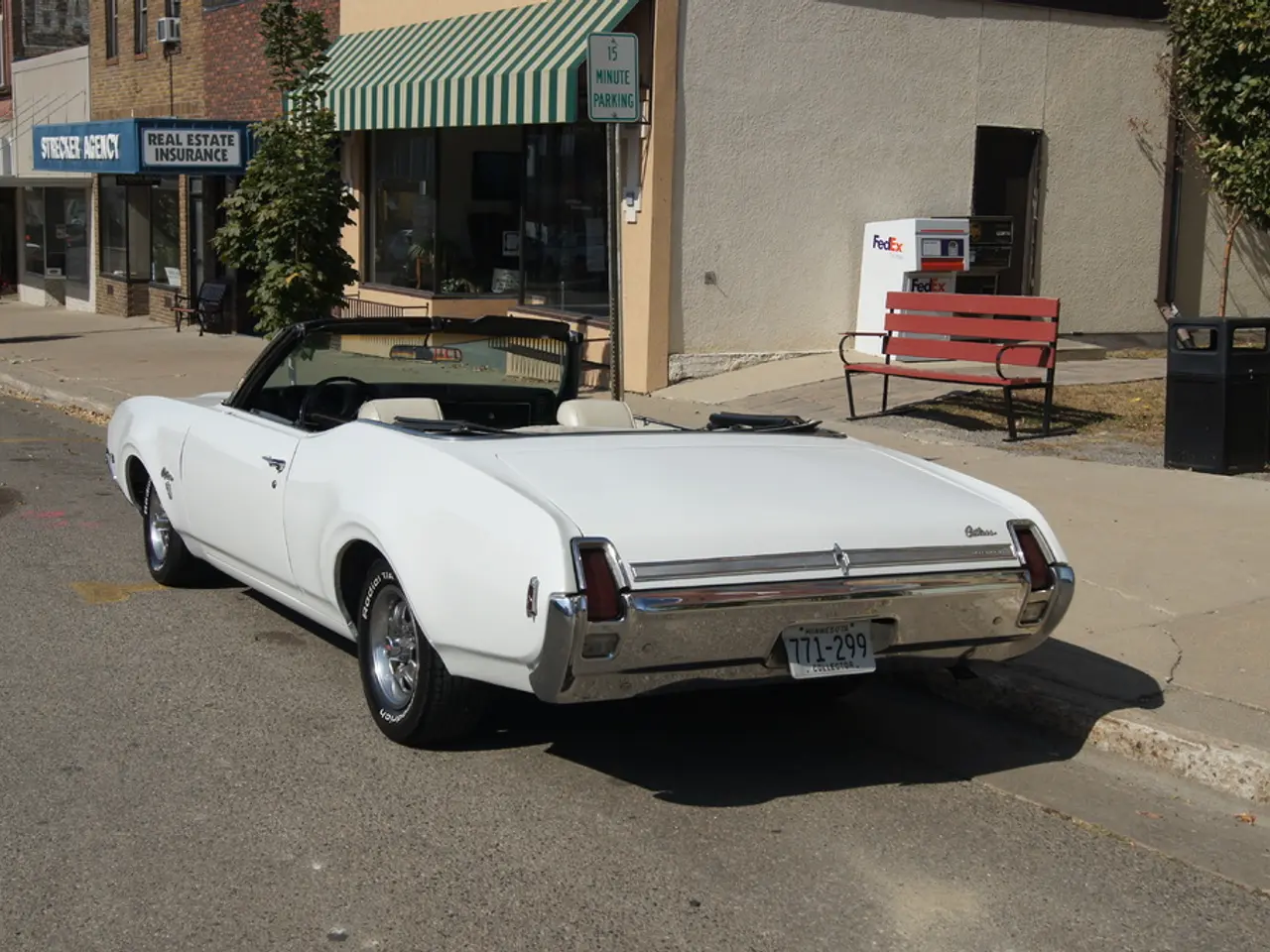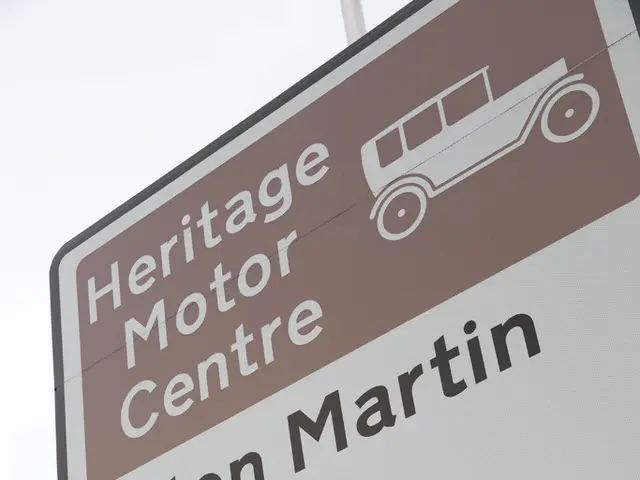Auto Insurance Price Hike Approaching: Strategies to Adjust Your Policy for Increased Costs by August
The recently announced U.S.-EU trade agreement has set a 15% tariff on cars imported from Europe, a change that could have a significant impact on auto insurance rates and repair costs in the United States.
The tariff increase on EU auto imports will likely lead to higher vehicle prices, as manufacturers pass on the additional costs to consumers. This rise in vehicle prices will, in turn, increase the costs of car parts essential for repairs.
As a result, repair costs are expected to surge, which could push up auto insurance rates. Insurance companies often adjust premiums to cover the increased costs of vehicle repairs after claims, making it likely that consumers will see an increase in their insurance rates.
The agreement also includes measures to ensure economic security and supply chain resilience, but no specific provisions have been made to reduce tariffs on auto parts. This leaves repair costs potentially elevated, as repair shops and insurers must incorporate the higher expenses imposed by tariffs into their pricing.
While the deal removes some uncertainty by setting a fixed tariff rate (15%), the ongoing tariff remains a cost factor that insurers and repair shops must account for in their pricing.
With the cost of vehicles, repairs, and medical care expected to rise, it's crucial for vehicle owners to review their insurance policies. Comparing insurance quotes for a wide range of makes and models can help budget insurance costs into the price of a new vehicle. Increasing certain coverage limits and exploring add-ons you may have overlooked could offer stronger financial protection in a more expensive world.
It's also worth considering the long-term financial impact of leasing versus owning a vehicle. Many drivers are choosing to hold on to their vehicles longer to avoid taking on new loan payments. Leasing often comes with lower monthly payments but also includes added requirements like higher liability limits and gap insurance.
Ultimately, the core insurance principles remain the same: make sure you have the right coverage, ensure your policy fits your budget, and consider how your insurance policy would serve you if you had to file a claim.
- The increase in tariffs on EU auto imports could potentially influence the pricing of personal finance-related products like car loans and leasing agreements.
- The surge in repair costs brought about by the tariff could push people towards environmental-science and lifestyle choices that prioritize energy-efficient vehicles to save on long-term costs.
- The agreement could lead to a shift in industry trends, as manufacturers may look to data-and-cloud-computing and technology solutions to reduce costs and remain competitive in the face of higher tariffs.
- With rising vehicle prices, some consumers might consider traveling less, as owning a car becomes a larger financial commitment.
- The home-and-garden sector could see a boost as more people choose to repair and maintain their vehicles at home to save on rising repair and maintenance costs.
- The agreement could prompt the auto industry to focus more on research and development in alternative energy sources to offset the increased costs.
- Shopping for household items might become a more budget-conscious activity for consumers dealing with an increased cost of living due to the tariff and associated costs.





